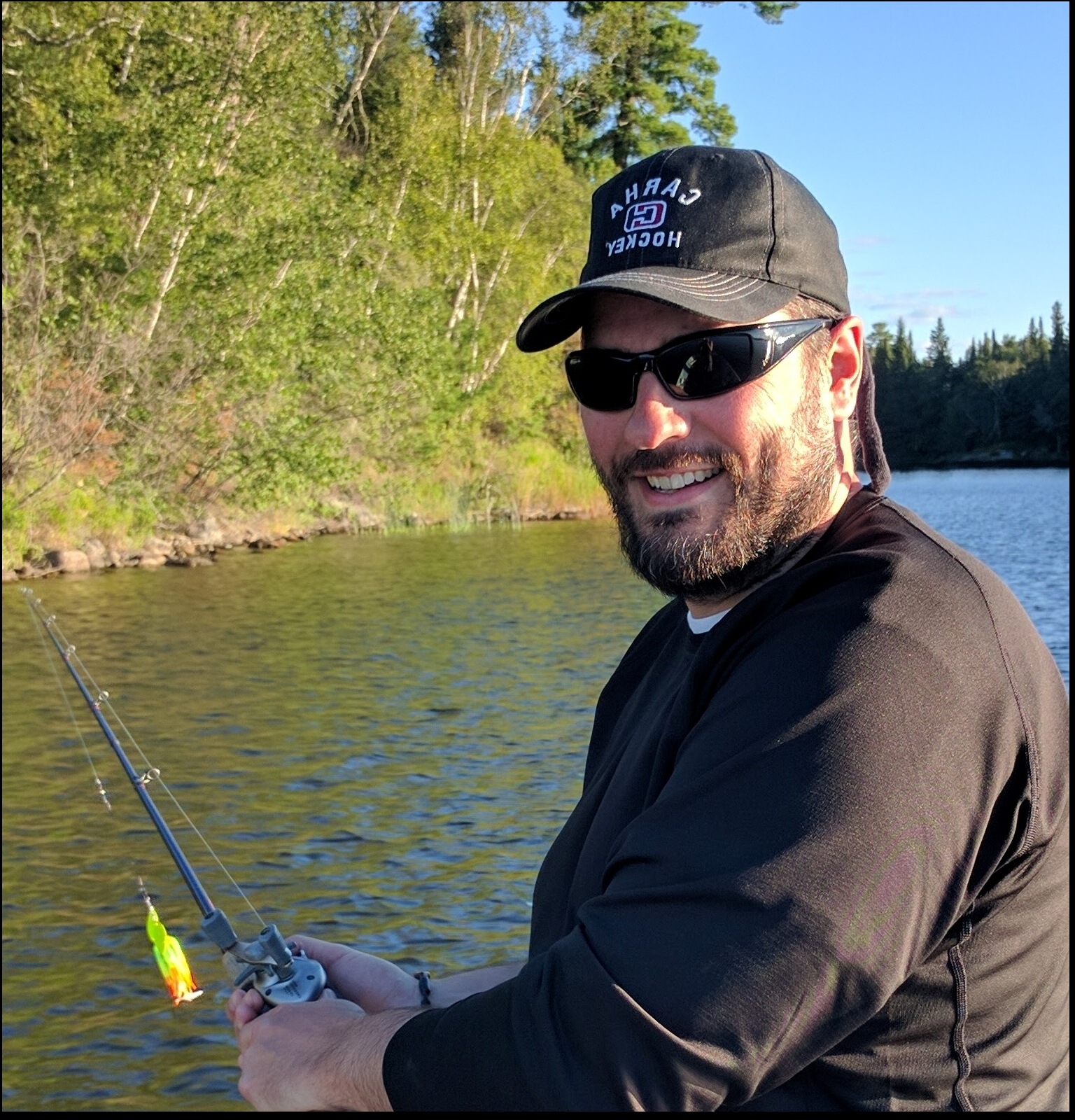
By
Barry N. Madison, Kristen Lowitt, Adaku Echendu, Abraham Francis, Lawrence Gunther, Leigh McGaughey, Maneka Kaur, Krystal-Anne Roussel, Zoe St Pierre, and April Weppler
February 2024
Print Version
What you need to know
Differing guidance provided by Fish Consumption Advisories (FCAs) can be confusing for fishers to understand and can also make it difficult for individuals and communities to engage in decision-making that affects their health. Significantly, not everyone bears the impacts of contaminated fish evenly. Women of childbearing age, children, anglers who rely on recreationally caught fish for food security, and Indigenous communities are disproportionately affected by the health and cultural risks of contaminated fish. FCAs also do not generally consider the risks or benefits of different eating practices. Indigenous communities, for example, have traditionally eaten a greater number of fish species as well as a range of parts (e.g., skin, organs) than just the flesh, which may complicate assessing contaminant loads.
Why this research is important
Fishing in the St Lawrence River is a pursuit undertaken by thousands of anglers each year and is deeply tied to the lifeways of Indigenous peoples. Fish consumption advisories are public guidelines intended to support all fishers in making informed decisions about the safe consumption of their catch. However, what happens if there are multiple advisories in place in a watershed? Such is the case in the Upper St Lawrence River, which encompasses the traditional territory of multiple Indigenous Nations as well as the present-day jurisdictions of Ontario (ON) and Quebec (QC), Canada, and New York State (NYS), USA.
How this research was conducted
Our research examined the similarities and differences in FCA programs across jurisdictions in the Upper St Lawrence River (USLR). This included detailed technical comparisons of all three jurisdictional boundary FCAs (ON, QC, and NYS), as well as one advice document created in coordination with local Akwesasne and St Regis Mohawk Tribe communities. The former represents continued long-term monitoring efforts undertaken by governmental advisory bodies in the region. The latter was created with the intent to provide tailored advice for local community members of all ages and population types. Here we discussed the role of community-based guidance in providing usable solutions to assist in understanding consumption advisories.
What the researcher found
Even with the historical issues associated with contaminants (e.g., mercury, polychlorinated biphenyls or PCBs) in the USLR surrounding these Areas of Concern (AOCs; Cornwall, ON, and Massena, NY), we found an overall lack of coordination in fish monitoring and differences in consumption advice for a waterway in which fish, contaminants, and fishers all move across political borders. This can be highlighted in the following example. For yellow perch caught from the St Lawrence River in Ontario, where mercury (MeHg) is the dominant contaminant of concern, the general population is advised to consume up to eight to 32 meals per month (depending on the size of the fish), and children/women of childbearing age (i.e., sensitive population) are advised to consume up to four to 16 meals in one month. However, across the river in New York State, the general population is advised to eat only up to four meals per month and children/women of childbearing age are advised “Do Not Eat” due to concern of polychlorinated biphenyls (PCBs). This highlights the challenges of managing risk when contiguous jurisdictions approach mitigation of the hazard from the same fish differently. For example, which advice (and contaminant risk) should be prioritized if a fish swims across jurisdictional borders while being caught?
How this research can be used
This research provides context for the ongoing work regarding updating and improving jurisdictional and local fish consumption advisories in this region. Following our analyses, we recommended four key steps to achieve this: (1) developing a shared and transparent approach to monitoring fish and contaminants, (2) integrating cultural food practices, (3) outreaching more to angler populations, and (4) upholding the self-determination of Indigenous communities in the development and communication of FCAs. This contrast also underscores the historical purpose of FCAs: temporary restrictions on fish consumption due to health hazards brought about by the risk of contaminant exposure, as they were not initially intended to replace environment restoration.
Acknowledgements
We would like to acknowledge the Mohawk Council of Akwesasne and St Regis Mohawk Tribe, as well as the greater communities surrounding the SLR AOC.
About the Researchers
Keywords
- Akwesasne
- fisheries governance
- Haudenosaunee
- Iroquois
- Kanienkehaka
- Laurentian Great Lakes
- Mohawk
- recreational fisheries
- St Lawrence River area of concern
Publications Based on the Research
Lowitt, K., Francis. A., Gunther, L., Madison, B. N., McGaughey, L., Echendu, A., Kaur, M., Roussel, K. A., St Pierre, Z., & Weppler, A. (2024). Governing for transboundary environmental justice: A scientific and policy analysis of fish consumption advisory programs in the Upper St Lawrence River. Facets, 9, 1 - 11. http://dx.doi.org/10.1139/facets-2023-0072
Editor: Christiane Ramsey
Read more BU Research
Research at Brandon University follows comprehensive policies designed to safeguard ethics, to ensure academic integrity, to protect human and animal welfare and to prevent conflicts of interest.

